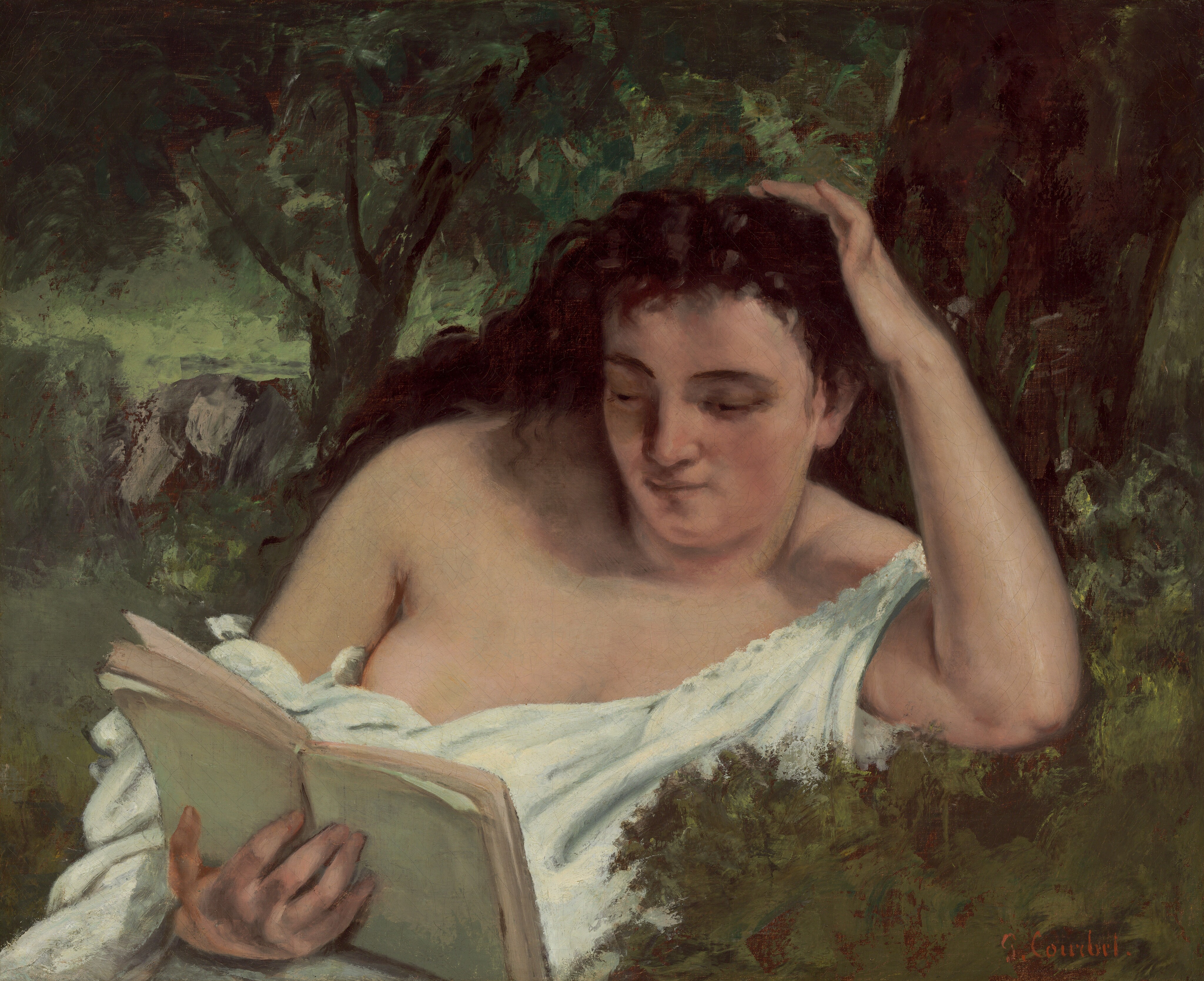This year has been a busy, exciting and fun-filled one - as far as reading goes. If you are interested in seeing what I read this year my traditional listchallenges list is here. If you want to see me trying to shame myself for buying books, my list of shame is here.
As usual I shall split my top ten into two parts and count down from ten, starting with…
10: Folk by Zoe Gilbert
This was an easy book to get lost in, a series of invented folk and fairy tales set on a fictional island called Neverness it manages to weave together a strange and intense atmosphere, close to nature and full of deceit and hardness.
There’s a frank (and rather unromantic) sexuality about these stories, many of them dealing with love superstitions, hatching, matching and dispatching. The book starts with a ceremony in which girls shot arrows with ribbons into thorn bushes and boys root through them, hoping to pick up an arrow and kiss the girl. The girls most hope to kiss the boy with the bloodiest, most thorn-pricked lips. There’s a mistake and a boy ends up being burned within the bush - and that’s not the only time there’s a little bit of Summer Isle about the book.
The stories were full of sea/salt/gorse/mud/cows/birds/rain/wind - with a real texture and sense of grit, many of the stories permeated with chill and cold and strong smells. There were hints of other stories; one suggested selkies, another suggested the song ‘The twa’ swans’, and another had a wendigo vibe. The stories dealt with jealously, love of siblings, postpartum depression - and all manner of other topics, always with a sense of grit and darkness but there were a number of sweet stories also to leaven the book. It made a really wonderful collection overall and I enjoyed it a lot.
9: Piranesi by Susanna Clarke
I’d very much enjoyed Jonathan Strange and Mr Norrell and The Ladies of Grace Adieu and so was excited about Susanna Clarke’s new novel, Piranesi, pre-ordering the paperback copy and reading it immediately.
It’s a novel very different from the earlier, far shorter and tighter with a cast of three characters instead of dozens. Piranesi lives in an immense (possibly infinite) building, with huge rooms filled with statues, where clouds float around the top floors and seas sweep through the lower ones. The seas have fish and seaweed and rush through the corridors in fierce tides. Piranesi explores the rooms, living off the fish and seaweed, blessing the House for its kindness. He guards skeletons, giving them food and flowers, interpreting the flights of birds and the meanings of statues.
He calls himself a scientist but his curiosity isn’t excited by the most obvious discrepancies in his life. First among them, he knows he is not called Piranesi but never wonders what it may have been once. Nor does he see it significant that his journals used to be numbered ‘2012’ but now are named after significant events in the year. He explains it away by arguing that the new system is better as it gives the years more character. If there are things about his past he’s forgotten, he’s happy not to remember.
Another mystery is the Other, the only other living person of his world. The Other sends him to explore the house and report back what he finds, looking for Great Knowledge. The Other is always dressed in an impeccable suit and sometimes gives him items that obviously cannot be provided by the House. Again Piranesi doesn’t question how he knows what a good suit is, nor where these other items come from.
This first half is clearly the best, as the reader is tossed into this strange world and is given frequent hints that things are not as they ought to be. I enjoyed guessing what the real situation may be. In the second half, when the mystery is revealed, it fits with the facts well and is satisfying though wasn’t as fun as the first half.
As well as a mystery, this is a book with humour and heart. The chapter titles frequently make ironic comment on their contents and would probably be more so on a second reading. Piranesi himself is such a guileless, trusting character that it’s a pleasure to be in his company. If anything he seems improved by his life in the House, living within the world rather than against.
Despite the differences between Piranesi and Jonathan Strange and Mr Norrell, there are a number of similarities. Both talk of a time when magic existed before leaving the land, the world of the House looks much like the Fairy Roads, there are two wizards who attempt to bring back the magic and there are ‘lesser’ characters who suffer as a result. Clarke originally planned to write a sequel to the early work which focused on those characters and Piranesi does likewise.
8: We Have Always Lived in a Castle by Shirley Jackson
I went into We Have Always Lived in the Castle expecting to be surprised and wrong-footed and I wasn’t disappointed. Starting with a near perfect first paragraph that casually tells us all we need to know about Merricat, the book’s narrator, it only gets stronger from there.
The Blackwood family are the local horror story, six years ago most of the family were poisoned at dinner. The survivors are a doddery uncle and two young women, the older of which was acquitted for the murders. It’s not like the family were even popular before the incident, with their snobbish and highhanded ways with the local villagers. During the course of the novel, the little family have their delicate equilibrium disturbed and become urban myths in the process.
There are so many ways a reader can interpret why the family were poisoned, why the poison was administered how it was, what the relationships between the three family members is now as well as their relationship with the outside world. The text could generate theories for days.
The key to the slippery (and so fascinating) quality of the book is hidden in the title, that they have always lived in the castle. We receive so little information about what the family dynamic was before the poisoning, that it’s hard to make definite decisions on how its changed them. Merricat is the narrator and for her, they’ve always been like that; Constance has always preferred to stay at home and cook, they’ve always had a pseudo mother and daughter relationship, her idiosyncrasies have always been laughed away with a ‘silly Merricat’. We have no way of finding out if that is the case.
The book ends with the perfect happy ending… for Merricat.
7: Female Quixote by Charlotte Lennox
I’ve written about The Female Quixote extensively, both here and here. What surprises me is how a book I already enjoyed has lingered in my memory more than other books I enjoyed more at the time of reading them.
6: The Water Cure by Sophie Mackintosh
The Water Cure is instantly gripping and unsettling from the first sentence, “Once we have a father, but our father dies without us noticing.” This would imply that the father, known as King, is an incidental part of the character’s lives, which is far from the truth.
King and his wife live in a secluded spot in an abandoned hotel with their three girls. They escaped there to save the girls from the increasingly poisonous air of the mainland, a poison that seems to be generated by men. King is the only man who doesn’t create these poisons and is the only one strong enough to visit the mainland for occasional supplies. To keep them strong and free of poison, the girls have a vigorous programme of treatments.
Of course, that’s not what’s really going on.
The treatments take the form of tortures and endurance tests, all with their own strange paraphernalia, whether it’s the sweating sacks, the drowning dress or the ice buckets. They don’t remove poisons at all but weaken the girls’ bodies and wills. It’s a not unknown pattern, behaviours that begin as protective but infantilise the subjects leaving them open to abuse. There was a real shock, late in the book when the characters ages were revealed and the girls aren’t girls at all but women. It’s notable that one of the girls, Grace, is pregnant and the only man around is her father.
But that’s not all that’s going on.
There really are problems in the outside world. The world really is heating up, the hotel was a retreat for dozens of sick and dying women who found themselves getting better after undergoing the treatments and the water cure.
It’s all very uncertain. There is much said but far more hinted.
I really liked the three ‘girls’ and how they fit into the dysfunctional family unit in different ways. The oldest, Grace, was positioned to be the handmaiden and successor, Lia the whipping post and Sky the coddled baby. Their views and actions in the book are heavily affected by their place in the family. Lia sees her body as a receptacle of pain, sees herself as too craving of love and puts herself in danger to seek it. Grace has a fatalism, she expects harm to come to them but responds cold and unemotionally. I’d like to have seen more of Sky’s thoughts, with the other two daughters narrating chapters, it almost seems like Sky responds to moments and has little of a mind of her own.
I found the twisted family dynamic really interesting, particularly when it came to the notion of how much the abuse was planned and how much was intended to be protection. How sincere was the false utopia and how real were they dangers they were being protected from?
Then, there’s the allegorical/fable element of the book. The poisons are always called toxins - and the toxins come from men. The ‘girls’ are encouraged to see themselves as weak, their only real defence against men is suicide, which they call life-guarding. And the men do bring trouble.. perhaps they do bring sickness, and the one man who said he was the bastion against the others might have been the most harmful of all, even if he wasn’t trying to be.
It’s not ponderously or showily written but there is a tight control over the whole book which weaves enough of a tale to grab a reader but leaves enough holes to make that reader constantly question and ponder. I really liked it.



















